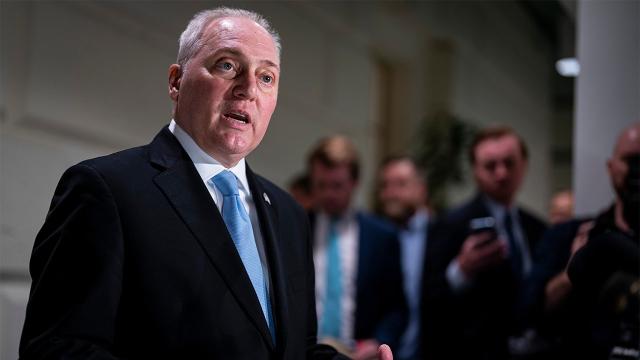Four Republican lawmakers, including Representatives Mike Gallagher (R-Wis.), Tom McClintock (R-CA), Ken Buck (R-Colo.), and House Vice Conference Chairman Blake Moore (R-Utah), who holds a position in the Republican leadership, voted against the impeachment of Homeland Security Secretary Alejandro Mayorkas.
However, Moore’s decision to vote “no” on Mayorkas’ impeachment comes with an interesting twist. Despite initially supporting the impeachment, Moore strategically changed his vote to “no” to keep the option of impeaching Mayorkas open for another attempt by the Republicans.
Initially, the Republican calculation fell short as they underestimated the number of supportive votes they had and the available Democratic votes. With the House tied at 215-215, the effort to impeach Mayorkas faced defeat under House rules, which dictate that a tie vote results in a loss. To salvage the impeachment effort, any member on the prevailing side, in this case, the “no” votes, could request a re-vote.
Moore, despite initially supporting the impeachment, switched his vote to “no” to align himself with the winning side, thus preserving the option for Republicans to call for another vote later. This strategic move allows the Republicans to maintain the impeachment investigation and provides them with the opportunity to try again, potentially with more support in the future.
While changing votes to trigger a re-vote is more common in the Senate, Moore’s action underscores the importance of strategic maneuvering in congressional procedures. By maintaining the impeachment plan, Republicans can uphold their credibility and pave the way to present their case to the Senate if a trial becomes feasible.
Overall, Moore’s decision highlights the complexities of legislative strategy and the significance of procedural tactics in advancing political agendas.















































